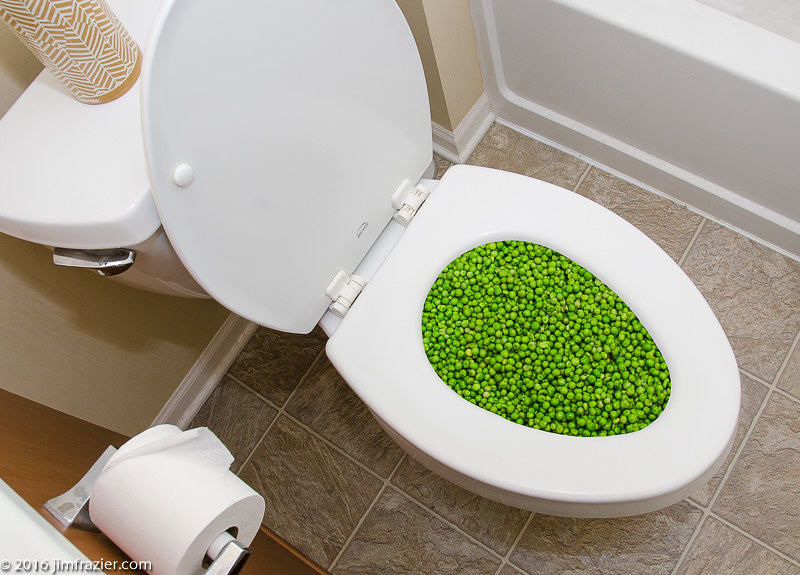How do you feel when it comes to What Can Happen If You Flush Food Down the Toilet??

Introduction
Many individuals are frequently confronted with the predicament of what to do with food waste, especially when it pertains to leftovers or scraps. One typical inquiry that develops is whether it's fine to purge food down the commode. In this post, we'll explore the reasons that people might take into consideration flushing food, the consequences of doing so, and alternate approaches for proper disposal.
Reasons individuals might think about flushing food
Lack of awareness
Some people may not recognize the potential harm caused by flushing food down the toilet. They may wrongly believe that it's a safe practice.
Comfort
Purging food down the commode might appear like a fast and easy remedy to throwing away undesirable scraps, particularly when there's no nearby garbage can available.
Negligence
Sometimes, individuals might merely pick to flush food out of large laziness, without considering the consequences of their actions.
Consequences of flushing food down the toilet
Environmental impact
Food waste that ends up in waterways can contribute to pollution and harm aquatic communities. Additionally, the water made use of to purge food can strain water resources.
Pipes concerns
Flushing food can lead to clogged pipelines and drains, creating pricey plumbing repair work and hassles.
Kinds of food that need to not be purged
Coarse foods
Foods with coarse appearances such as celery or corn husks can obtain entangled in pipes and cause clogs.
Starchy foods
Starchy foods like pasta and rice can absorb water and swell, resulting in blockages in pipes.
Oils and fats
Greasy foods like bacon or food preparation oils need to never ever be purged down the bathroom as they can solidify and cause clogs.
Correct disposal techniques for food waste
Making use of a waste disposal unit
For homes geared up with garbage disposals, food scraps can be ground up and flushed via the plumbing system. However, not all foods appropriate for disposal in this way.
Recycling
Certain food product packaging materials can be reused, decreasing waste and minimizing ecological impact.
Composting
Composting is an environmentally friendly means to get rid of food waste. Organic products can be composted and utilized to improve soil for horticulture.
The importance of appropriate waste monitoring
Decreasing ecological harm
Proper waste administration methods, such as composting and recycling, aid lessen contamination and maintain natural resources for future generations.
Protecting pipes systems
By staying clear of the practice of flushing food down the toilet, home owners can prevent costly plumbing repair services and keep the integrity of their plumbing systems.
Conclusion
In conclusion, while it may be tempting to purge food down the commode for ease, it is very important to comprehend the prospective repercussions of this action. By adopting correct waste monitoring methods and taking care of food waste properly, individuals can contribute to much healthier plumbing systems and a cleaner environment for all.
FLUSH FOOD DOWN THE TOILET?
FLUSHING FOOD CAN CAUSE BLOCKED DRAINS IN YOUR HOME
All of the plumbing fixtures in your home are connected to the same sewer pipe outside of your home. This outdoor sewer pipe is responsible for transporting all the wastewater from your home to the Council sewer mains. Even small pieces of food that go down the kitchen sink can cause problems for your sewer. It should therefore be obvious that flushing larger bits of food, such as meat, risks a clog in either the toilet itself or the sewer pipes. Flushing greasy food is even more problematic because oil coagulates when it cools, coating the interior lining of your pipes.
THE TOILET IS NOT A BIN
Food isn’t the only thing that people shouldn’t be flushing down the toilet. People use the toilet to dispose of all kinds of things such as tampons, makeup wipes, dental floss, kitty litter and even underwear. Water goes to great lengths to educate residents about the high costs and stress placed on wastewater treatment systems simply from people flushing the wrong stuff down the toilet. It costs taxpayers millions of dollars each year, and homeowners thousands in blocked drain repairs.
FLUSHING FOOD IS A WASTE OF WATER
Flushing food is a waste of our most precious resource - water. In June this year Level 1 water restrictions were introduced to protect water supply from drought conditions. Much of New South Wales continues to be affected by prolonged drought with recent figures revealing up to 97 per cent of the state remains in drought. Depending on whether you have a single or dual flush toilet, every single flush uses between five and 11 litres of water. In the current climate this is a huge amount of water to be wasting on flushing food that should be placed in the bin (or better yet, the compost).
https://www.jabplumbingsolutions.com.au/blog/can-you-flush-food-down-the-toilet

As an enthusiastic person who reads on What Can Happen If You Flush Food Down the Toilet?, I assumed sharing that piece of content was a smart idea. Sharing is good. One never knows, you might be doing someone a favor. Thank you for taking the time to read it.
Free Quote